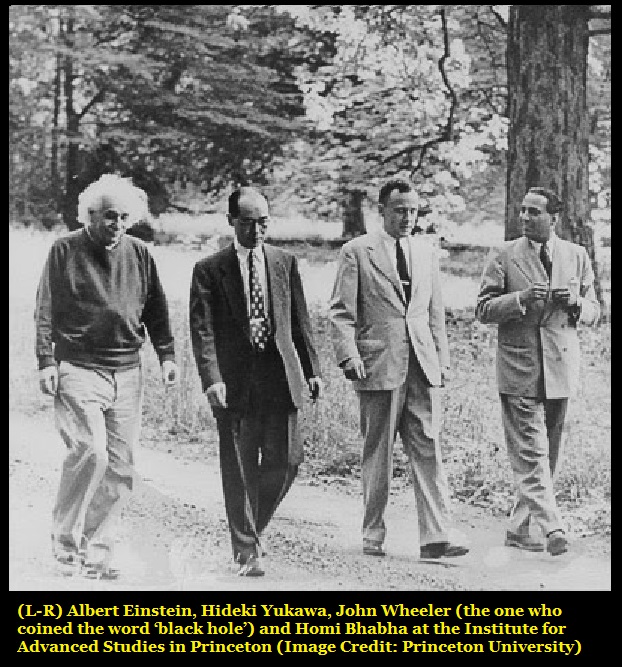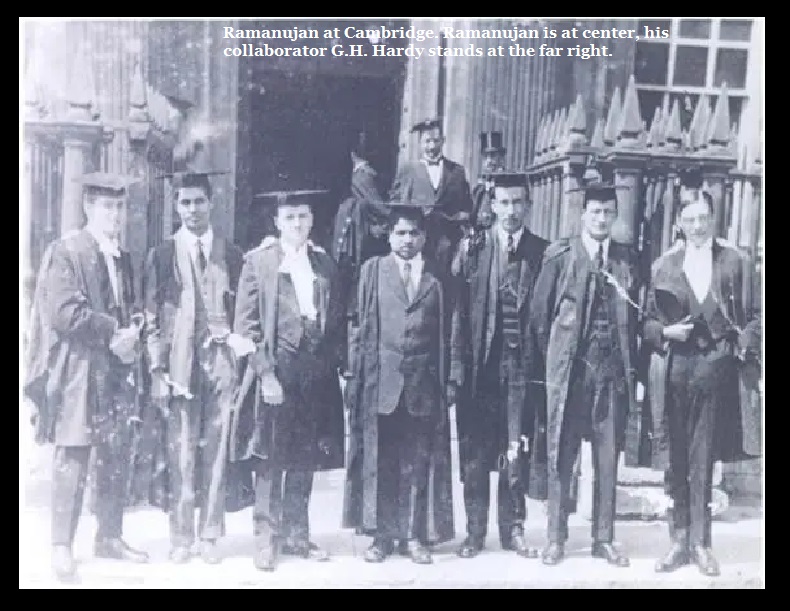Is it difficult to write 100-200 years old history faithfully and honestly in the Indian context? Government sponsored histories (4)

October 19, 1952 to December 15, 1952 – hunger strike by Potti Sreeramulu: As there was delay again, Sreeramulu resumed his hunger strike on 19 October 1952, at the Madras house of Maharshi Bulusu Sambamurti. Tanguturi Prakasam Panthulu used to visit the hunger-strike camp daily and inquire about his health. The Gandhian, Yerneni Subrahmanyam, used to shed tears secretly seeing his plight. Though Sriramulu became physically weak, he was mentally strong and declined to give up his fast. On the 56th day, he passed into a coma and a couple of days later, he developed breathing problems. Sreeramulu died during the night of 15 December 1952. In his death procession, people shouted slogans praising his sacrifice, with thousands more joining as the procession reached Mount Road, Madras. This made them to shout[1], “All Aravavadus should die, and we want Andhra Rajaya”. The procession broke into a riot and accompanying destruction of public property. Though, it happened in Madras, seldom this is discussed.

What EVR (1879-1973) was doing in 1952?: Soon after the Constitution was adopted on 26 January 1950, efforts were made to propagate Hindi for official usage. In 1952, the Ministry of Education launched a voluntary Hindi teaching scheme. On 27 May 1952, the use of Hindi was introduced in warrants for judicial appointments. The DK and DMK leaders were there in Madras carrying out their political activities. The DK version of Veeramani gives these details, “E.V. Ramasami Naicker opposed the scheme of New Elementary education on the basis of the parents hereditary occupation, introduced by the CM Rajaji He and his followers erased with tar the Hindi-name-Boards in all Railway stations reportedly all over Tamil Nadu on July 27, 1952. ………The Periyar Self-Respect Propaganda Institution – Periyar Trust – A Public Charitable Society was registered in 1952.” However, the defacers of the Hindi letters were penalized and imprisoned on the grounds that they irritated the populace. However, the Anti-Hindi agitation, which began in August 1952, began to spread widely[2]. He stated that the Sanskrit script, Devanagiri, was used to write Hindi, but the agitation was against the language, not the script. At last, he pulled out the Counter Hindi fomentation with a confirmation from the press. If the government forced the use of Hindi, he made the decision to burn even the national flag[3]. However, in November 1952, there was news that EVR was supporting him for his policies[4] ending his 30-year old opposition. Therefore, it is not known how they were reacting to fast unto death of Potti Sreeramulu very near to their houses. How foreign media reported can also be noted in the context.

Anti-Hindi agitation and the formation of linguistic based states: The anti-Hindi agitation has to be analyzed carefully:
- When the demand was there for the creation of states based on language, why Hindi should be opposed in the context has to be noted.
- No separate state can be created with Hindi as the majority state, as Hindi is already used in the northern states.
- All the Hindi speaking areas cannot be formed into single state, as definitely other states would object to it. Thus, Hindi cannot be a uniting factor, even for Hindi speaking people.
- Unlike Tamilnadu, there has not been any serious opposition to Hindi from the South Indian states.
- In fact, the four South Indian states have to be created only based on four separate languages.
- Incidentally, in India next to Hindi, Telugu is spoken by many people.
- However, it is not known as to whether the Dravidologists opposed Telugu, as the agitated against Hindi. Therefore, the anti-Hindi agitation by the Dravidian protagonists seems to be more to the assumed race ideology and racism, rather than the linguistic reason. However, how the demand for “Dravidastan” was reduced to Tamilnadu and that was also abandoned by C. N. Annadurai (1909-1969) and all – is well-known. For coming to power, they sacrificed their ideological “Dravidastan”![5]

Why EVR could not have met Potti Sreeramulu when they were living / staying nearby?: Some may give a reason – In every state and every region, there had / has been many leaders and therefore, not much importance was / is given to all leaders and hence, some were / are not covered in the history books. However, communities, sectarians and groups create their own leaders with literature. When they were living in the same time being contemporary, that too, with 5-10 kms, it cannot be said that they were not known to each other. When they were engaged in the social and political issues with their followers, it is unbelievable that they were carrying out such activities without knowing each other. In Madras, thus, thousands of leaders, politicians, scientists, musicians, religious Mutt Heads and others always used to come and go and meet also. When EVR had been so eager to meet Jinnah and Ambedkar and others, it is intriguing as to why he could not have met Potti Sreeramulu living nearby. In fact, he could have met him, discussed and resolved the issue also. However, such meetings, attempts or peace processes undertaken have not been noted or recorded by the historians or researchers.

A balanced view should be taken in portraying leaders: Netaji Subash Chandra Bose, Pon. Muthuramalinga Thevar, V.V.S. Iyer and such other leaders are not dealt with properly by historians and researchers. About the Bose, the end is in mystery. About others, though their work has been enormous and remarkable, not many of the current generation know about. While mythologization has been going on in other cases, as discussed above, here, in these cases, perhaps, negationism is followed so that they may be forgotten soon. As for as Indians are concerned, they have treated all leaders equally and know them. Definitely, the learned and experienced regional leaders worked with a national outlook, as they know all Indians have to live and carry out their duties and responsibilities by depending upon each other. Therefore, the history of them has to be recorded for posterity without any bias, prejudice and concoction on any account. The recent attempt of “Azadi ka Amrutotsav” has been good, as it brings out many regional freedom fighters to the public. As it is done through print and electronic media, the message reaches many Indian of all parts of India.

Government sponsored history would be one-sided only: Modern administrative, political, democratic and other processes may not be 100% foolproof. 50% voted and 50% not voted, yet the won candidates, with the majority party forms the government and rule.
- In the same way only, 700 years of Mohammedans ruled and 300 years of colonial forces rule, but they could not rule all the Indians living in all places of India.
- In fact, it is a myth that they ruled entire India, but, historians write and teach so.
- Crores of Indians were living without any impact of these ruling groups.
- In other words, they were carrying out raids, looting and running way many times.
- Till they tried to negotiate with the local rulers and getting settled down, they could not rule Indians.
- For that only, they learned the languages, appointed Pundits, translators and dubashis and other negotiators.
- Then, they appointed Indian agents to collect money in the form of tax assuring to provide safety, army, artillery, horses and other facilities.
- Good managers, mediators and negotiators enjoyed life and earned much to become rich-mirasidar, tashildar and zamindar.
- Though, already such categories were there operating, these categories were Mohammedan and colonial sponsored ones.
Thus, the histories formulated or written by them would be of that nature only. Here also, whatever history produced would be one-sided, official and imposed on others.
© K. V. Ramakrishna Rao
15-05-2024

[1] “Aravavalantha chavala, Andhra Rajyam kavala” M. P. Sivagnanam, Suyaatchi Pirivinaiya? (Is Autonomy Separation?), Inba Nilayam, Chennai, 1959, p.27.
[2] G.O. No. 3471, 1957, p.7.
[3] G.O. No.1814, 1953, p.3
[4] Indian Daily Mail, Periyar ends 30 year- old opposition to Rajaji, Singapore, 27-11-1952, front page.
[5] Remember, the Dravidologists asserted, “If at all we want to get, we shall get only Dravidastan, otherwise, crematory grounds” [அடைந்தால் திராவிட நாடு, இல்லையென்றால் சுடுகாடு = adainthal dravida nadu, illaiyendral sudukadu].

Filed under: Potti Sriramulu, social justice, social reform, tamil chauvinism, tamil sectarianism, tamil separatism, tamilnadu, telangana, telengana, telugu, tirupati, University of Madras, Winston Churchill | Tagged: aryan, aryan invasion, aryan problem, bharat, bollywood, culture, dravid, Dravida, Dravidam, dravidan, Dravidar, Dravidi, Dravidian, dravidian model, dravidian race, dravidian stock, hindi, India, nation, nation-state, Neils Bohr, oppenheimer, Paul Dirac, politics, Potti, Potti Sriramulu, Sriramulu | 1 Comment »









